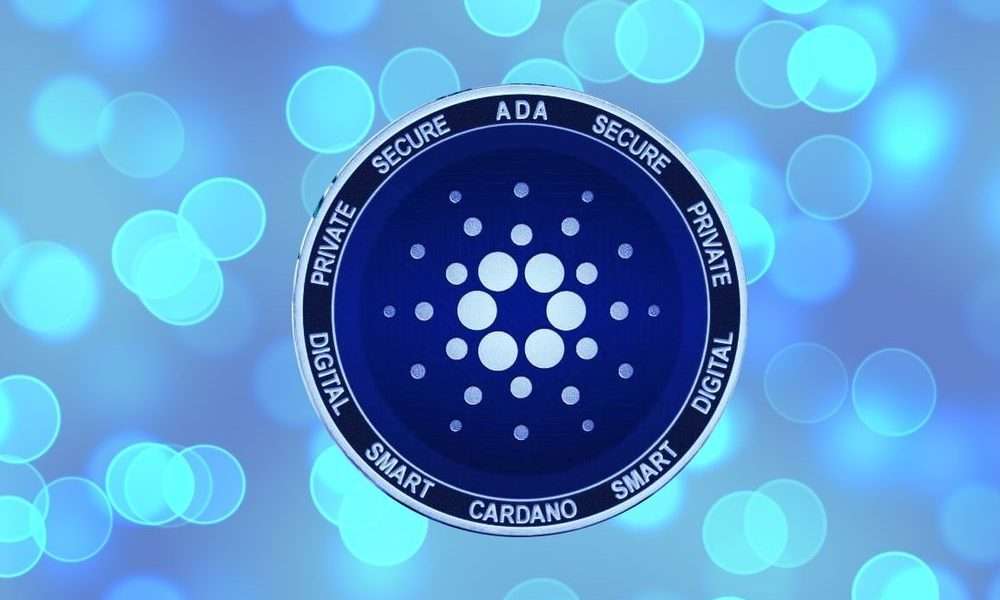What are DAOs? How blockchain-governed collectives can revolutionize the art world
You may have heard that we’ve entered a “crypto winter,” meaning a period of slowdown largely without investment. The crypto market, measured by market capitalization, fell by $1.46tn in 2022.
Still, NFTs and crypto art persisted at Art Basel Miami Beach last December. Tezos, the “sustainable” blockchain of choice, returned to the fair with a high-production booth that hosted the fxHash generative art platform and panel discussions. The online publication about art and blockchain Right click Save collaborated with the technology platform Vertical Crypto Art on an external exhibition of generative art by female artists. It was the fourth Art Basel event that these four NFT power players had attended.
The continuity suggests that the art world’s relationship with NFTs is not driven by the same motivations that drive investors to flee crypto like FTX founder Sam Bankman-Friedman to the Bahamas. There is no need to run or hide if you are proud of the product. So why do some artists, curators, museums, galleries and collectors continue to invest time and money into making, selling and collecting NFTs?
Blockchain technology, which enables NFTs, is a data verification breakthrough that many of us still believe cannot help but change, well, everything—the art world included. For example, blockchain technology also supports decentralized autonomous organizations (DAOs) that are finding their way into the industry.
What are DAOs?
DAOs are online groups, usually organized on the social platform Discord, that use the same smart contracts and blockchain technologies to enforce and enable something akin to shareholder meetings or democracy in action.
Although the idea of a community or organization is easy to grasp, the most potentially innovative features of DAOs are decentralization and autonomy. Unlike real democracy where identity verification and vote management cause friction, DAOs can verify who you are, if you have the right to vote, and supposedly carry out voted instructions without error. Due to the way information is logged and verified, the blockchain was conceived as a solution for online transactions without the intervention of a third party such as a bank or a gallery.
The idea of an egalitarian, self-governing community has often been dismissed as utopian. It is important to remember that the roots of crypto and NFTs lie in anarchy rooted in a distrust of centralized institutions such as banks, governments and the powers that be in the traditional art world.
DAOs use smart contracts to automatically process votes, execute transactions, and record shared ownership. Each DAO’s smart contract defines its specific parameters. Typically, members buy governance tokens that give them voting rights. Each vote is recorded on the blockchain and actions are taken if a majority votes in its favor. For example:
• If a majority of members vote to buy “X NFT” under “Y$”, the DAO will automatically proceed with the transaction using funds from the treasury. For example, PleasrDAO famously bought the “Doge” meme for $4 million in June 2021. Then they fractionalized the NFT (broke it up into many individual tokens) to allow anyone to buy a share.
• In the Friends With Benefits DAO, members regularly vote on creative projects to receive funding grants. They also have their own cryptocurrency ($FWB) whose value is tied to the DAO. Each member owns FWB tokens which essentially act as shares and incentivize them to act in the best interests of the organization.
Anyone can write the smart contract for a DAO, but once it is distributed on the blockchain, it acts as an autonomous entity and eliminates the need for any kind of hierarchical administration. All changes to the contract itself must also be reviewed and voted on by members of the DAO. Decisions are made from the bottom up and executive power is fully automated following a model of ‘perfect’ direct democracy for those with the right to vote, which is usually bought.
The DAO site
DAOs have their limitations. Voting is not anonymous. As with all transactions on the blockchain, they are recorded publicly and forever. This leaves room for manipulation in the form of peer pressure. In many DAOs, users can purchase multiple governance tokens, a practice that favors the wealthiest members.
Most pressing are issues of scalability. Since contracts need a majority of members to vote in a certain direction to perform their functions, this means that a large majority of members must always remain active in the DAO’s decision-making processes. DAOs with too many members run the risk of operating very slowly.
Despite these issues, DAOs have emerged as powerful unifying forces. With their shared finances and focused goals, they are interesting players in reshaping today’s art market.
In early December, Burns reported to Halperin was a stinging reminder of the white male face of the American art world. Some DAOs are trying to be part of the solution. UnicornDAO, co-founded in March 2022 by the Russian protest and performance art group Pussy Riot, collects NFTs of crypto-artists from underrepresented groups. Their self-defined goals is to “redistribute wealth and visibility to create equality for women-identified and LGBTQ+ people”.
And DAOs are not limited to aggregating crypto-assets. In 2021, ConstitutionDAO made headlines for nearly buying a first edition of the US Constitution at a Sotheby’s auction. In 2022, Arkive DAO became the first blockchain-operated decentralized museum. Members vote on acquisitions and where to display their items. Their common goal is not to show the collection in the most prominent institutions, but to show works of art in the context that suits them best. Archive DAO was recently spotted at Art Basel Miami Beach with a beautiful booth in the UBS Collector’s Lounge – flagging the technology, proving that what happens on the crypto-optimistic beaches of Miami doesn’t necessarily stay there.


